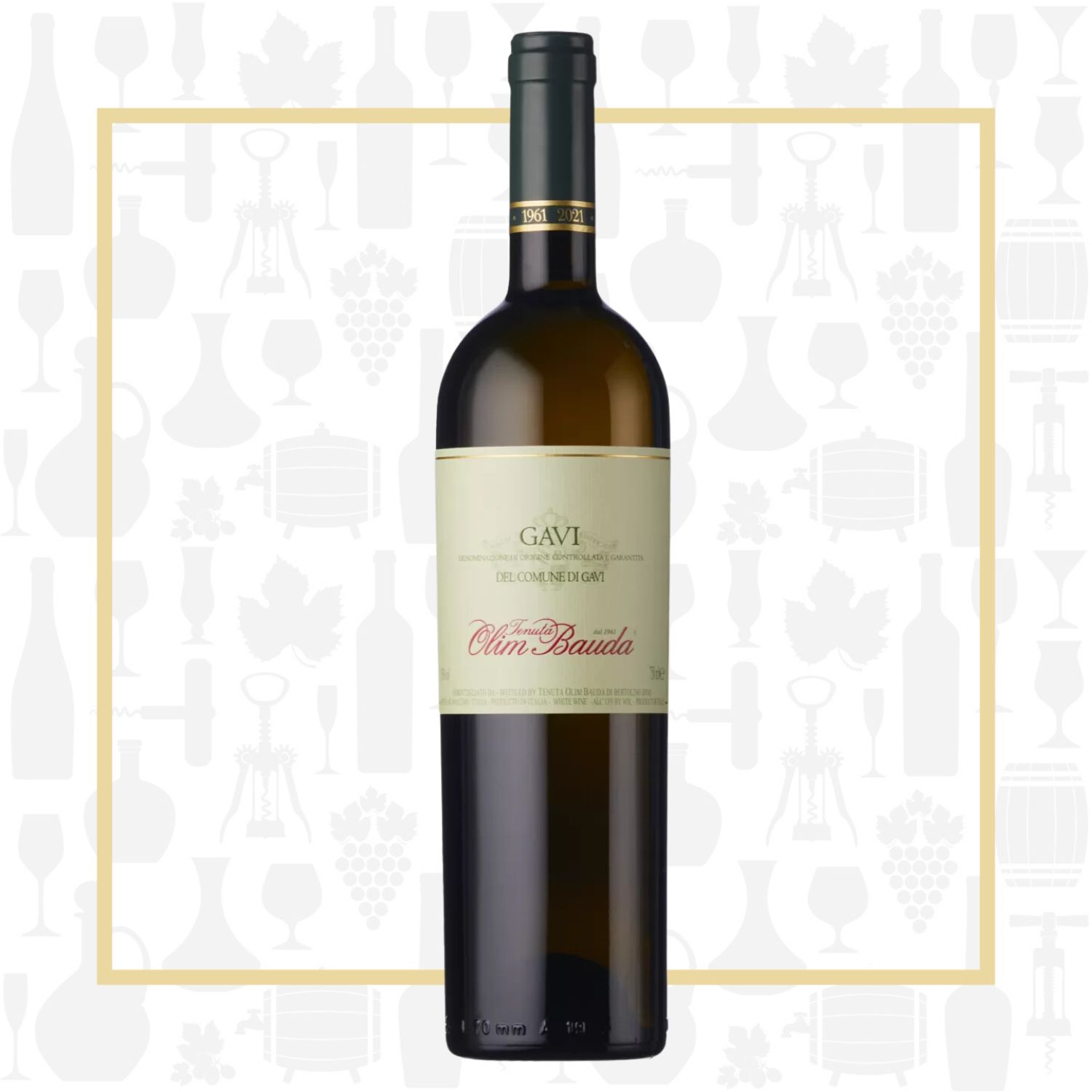Cellar Profile
The Bertolino family’s origins are in the village of Castelnuovo Calcea, in the Asti district of Piemonte. There, more than a century ago, the family began their venture in both winemaking and the wine trade. In the 1920s, the family moved to the neighbouring commune of Nizza Monferrato and the first Bertolino license to sell wine was dated there, on June 18th, 1927. In 1961, the family bought the villa Bauda at Incisa Scapaccino. They created the “Tenuta Olim Bauda” that soon became famous for Freisa, Moscato and, above all, Barbera. Following the tragic death of Bertolino Sr. in 1985, the family was forced to close the winery and sell their prized fruit to other producers in the area. In 2000, the family decided to reestablish the winery and its winemaking traditions. Today, the estate is owned and operated by the three Bertolino siblings: Dino, Diana and Gianni. Their wines are at once modern and classic, loaded with fruit, intensity and brawn and backed by elegance, structure and refinement.
Region
An outstanding high-quality wine region in northwest Italy, widely considered the country’s most stable and evolved viticultural area. Its temperature and rainfall mirror Bordeaux. The vast majority of Piedmont’s terrain is mountainous or hilly, creating optimum elevated vineyard sites for the region’s best varieties. Of those, Nebbiolo enjoys the greatest notoriety and acclaim. The grape reaches its highest potential in the sub-regions of Barolo and Barbaresco where it is made into incredibly structured, complex, and ageworthy wines. Approximately half of Piedmont’s vineyards are planted with Barbera. The past thirty years have seen significant improvement in Barbera-based wines, with some commanding price levels that approach those of Barolo and Barbaresco. Prior to 1980, white wines were, for the most part, an afterthought, but they are now gaining acclaim and popularity in Italy and abroad. Of particular interest is the resurgence of Gavi, made from the Cortese grape, and the low-alcohol, frizzante Moscato d’Asti.
Vineyard
Tenuta Olim Bauda’s Gavi vineyards sit in the middle of the finest region for growing the Cortese grape, planted on steep southern slopes. Canopy management is key to retaining the varietal’s signature steely minerality. The marly clay soil is overlay with sand and gravel.
Winemaking
Hand-harvested grapes were pressed into stainless steel in the same evening. Fermentation is slow and temperature controlled, preserving delicate fruit aromas. The wine spends a few months on its lees before being bottled young and exuberant the following Spring.
Varieties
Cortese is widely considered one of Piedmont’s finest white grape varieties. It pairs particularly well with the region’s delicately-prepared fish. It is usually mid-weight, citrus- and mineral-inflected with moderate acidity. Quality can vary greatly depending on producer and site. Pretty much the entirety of plantings of this variety are in Piedmont, with the majority (and best) being in and around the village/comune of Gavi.
Tasting Notes
Pale straw-yellow colour with soft floral and citrus fruit aromas. Smooth yet well-structured. Crisp floral notes and hints of underlying minerality on the palate. Pair this elegant beauty with light cheeses, fish, chicken or asparagus risotto.

